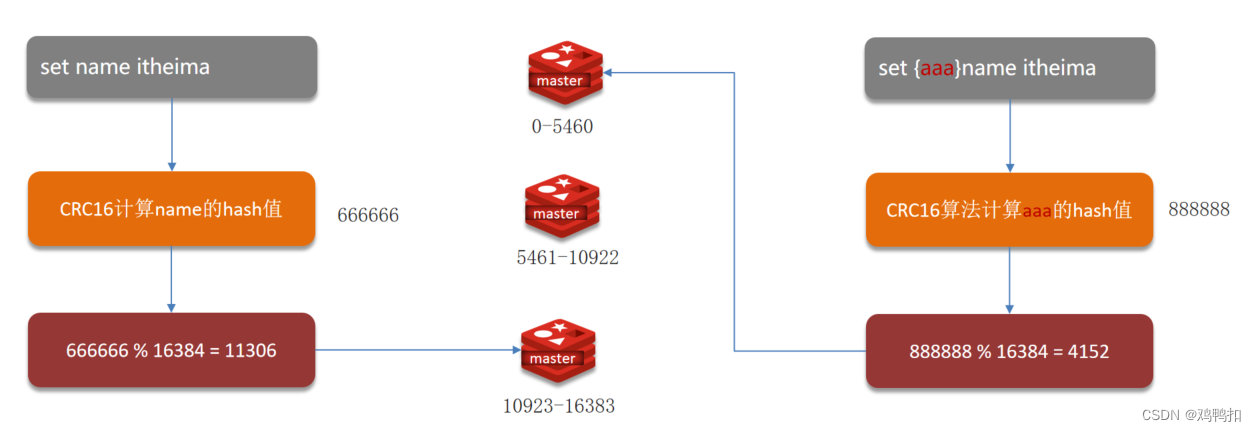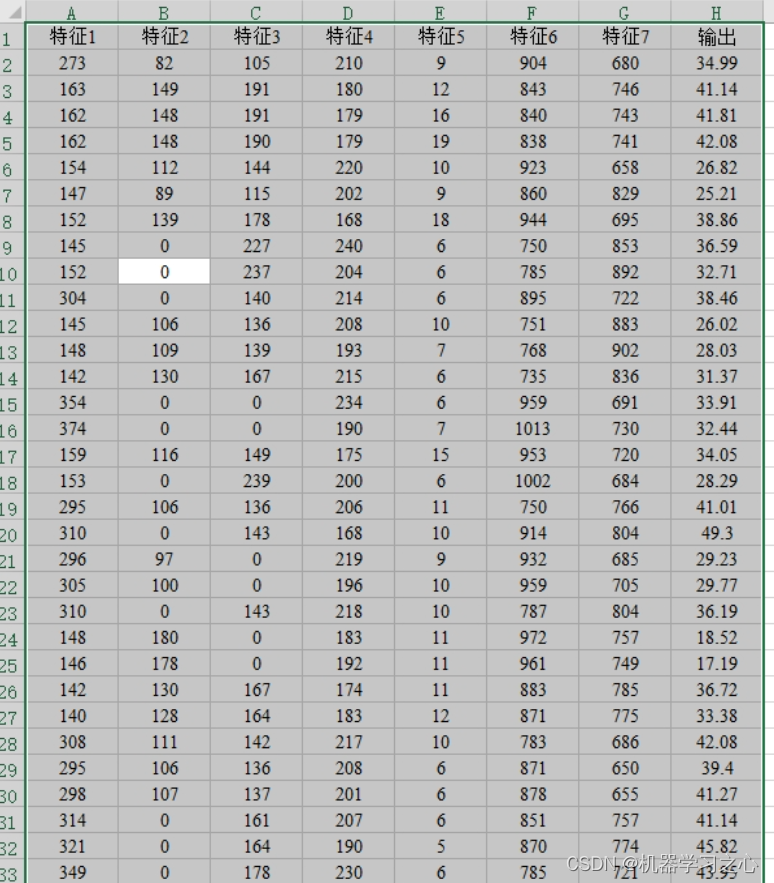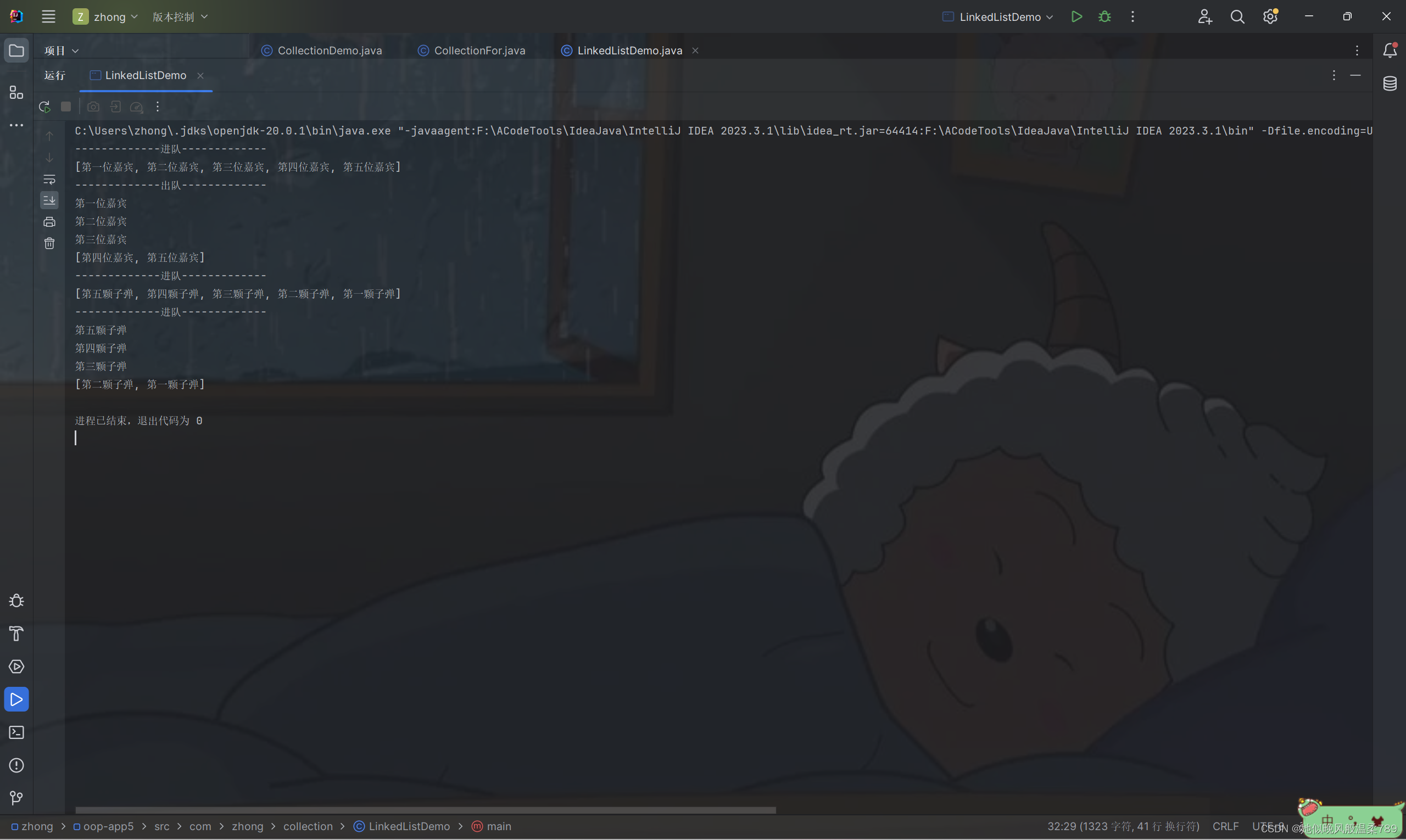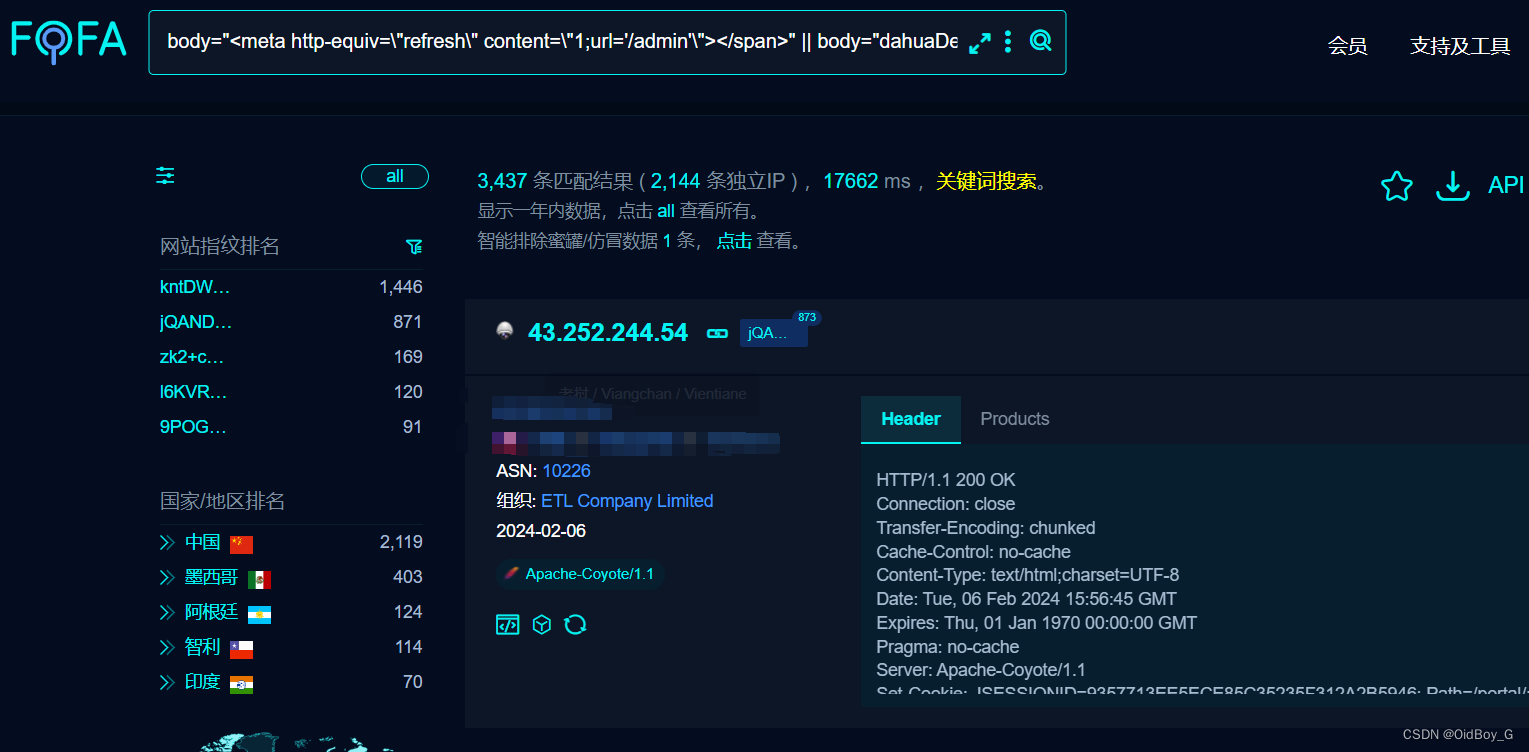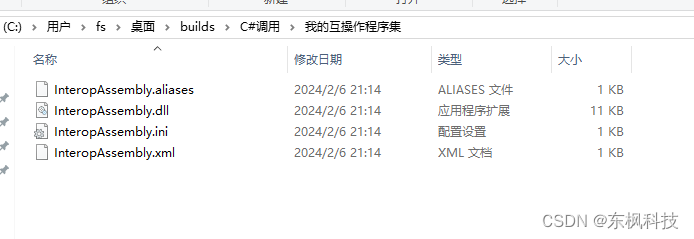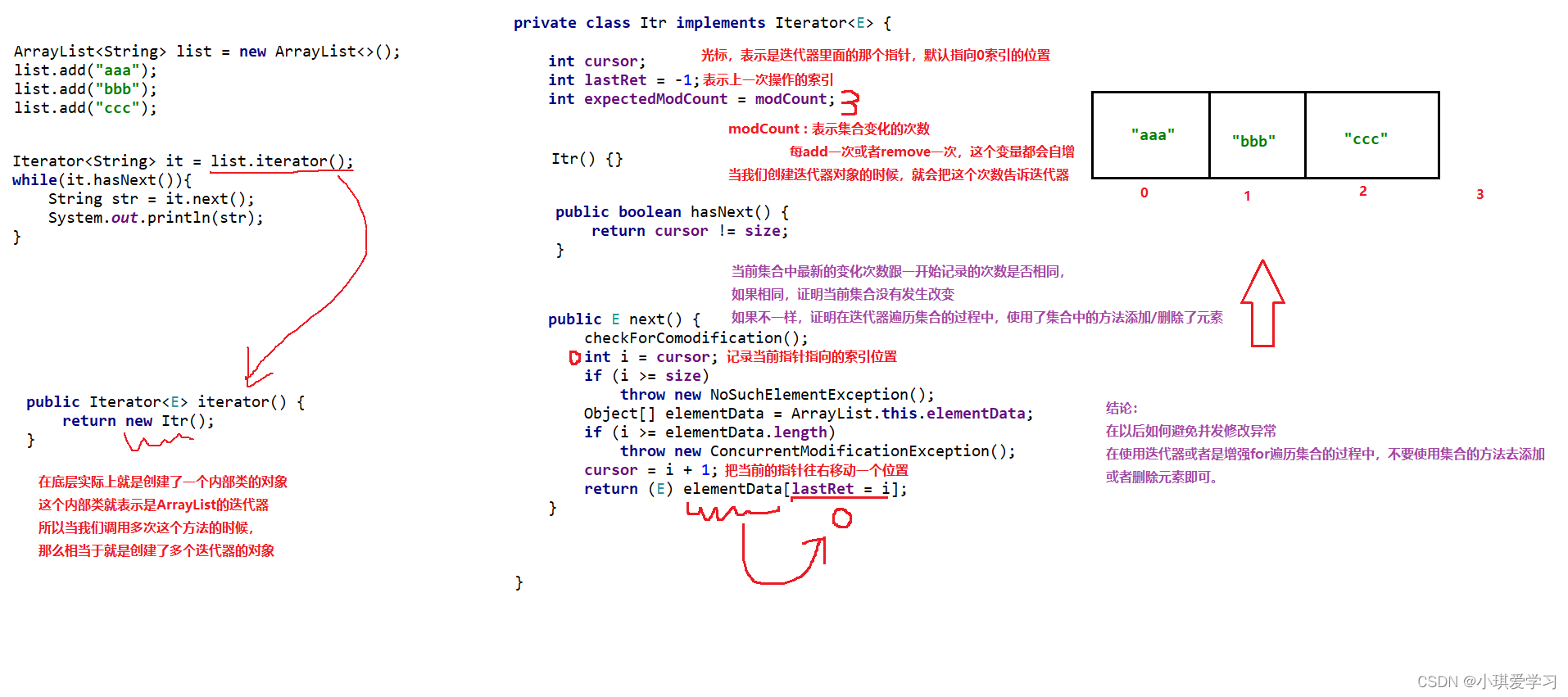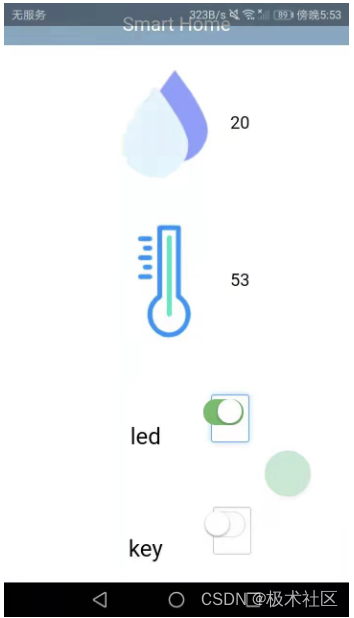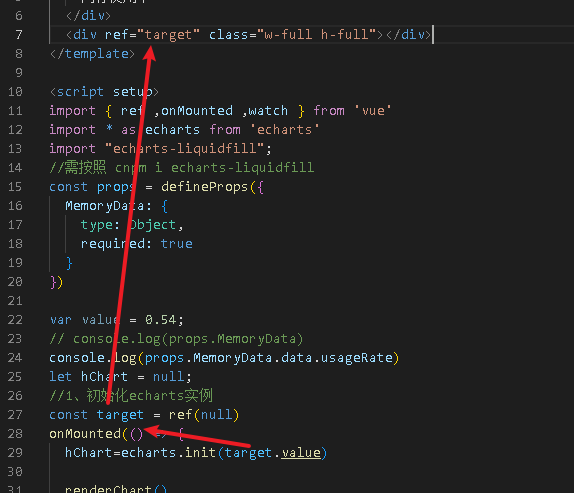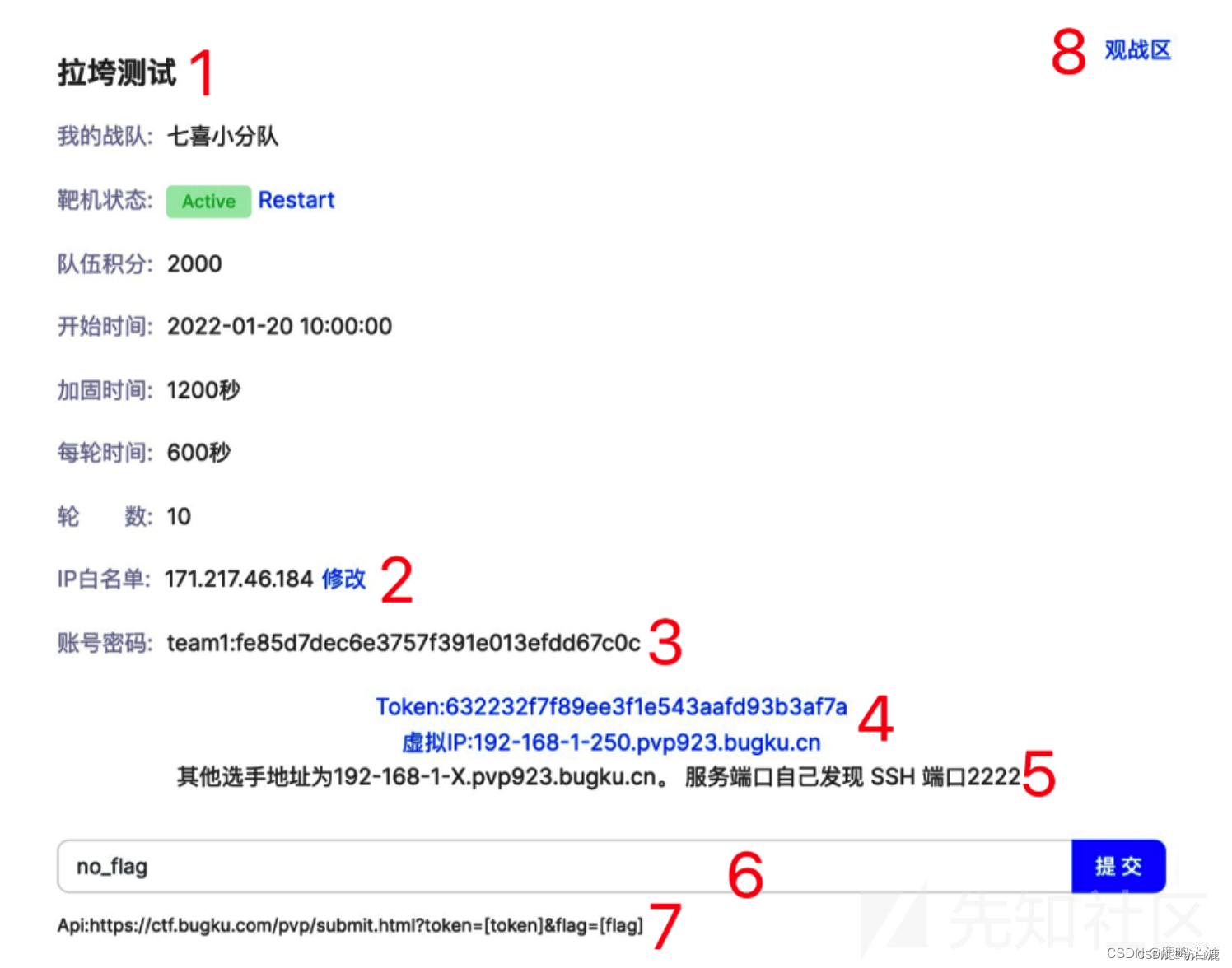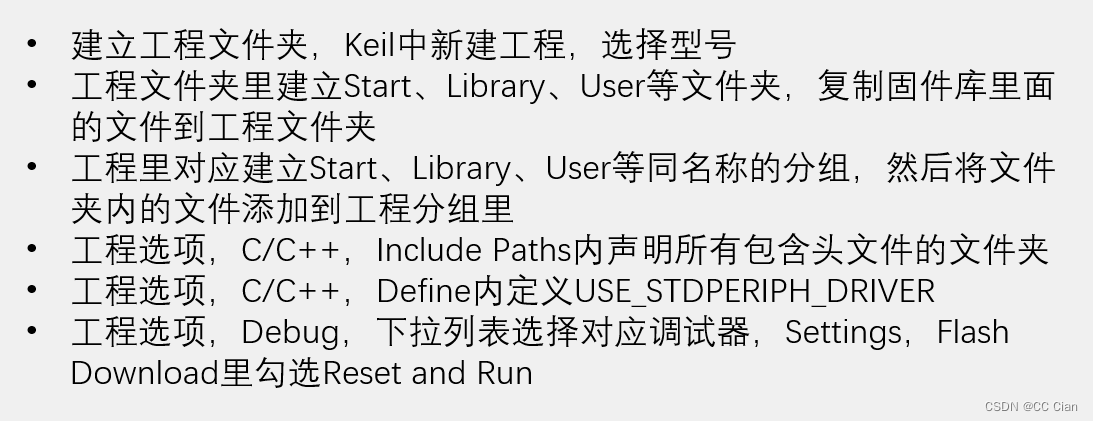一、引言
加锁大家都知道,但是目前提供动态锁的基本都是分布式锁,根据订单或者某个收费款项进行加锁。比如这个1订单要收刷卡费用,那就OREDER_1做为key丢到redis进行分布式加锁。这也是当下分布式锁最流行的方式。
但是对于平台项目或者一些并发程度低的场景,分布式锁就没有必要了,本地锁更加方便。但是本地锁只有synchronized、ReentrantLock之类的方式,想动态的加锁只用他们是实现不了的。
二、实现
那么如果要实现动态的本地锁怎么做呢?
先看看redis的分布式锁是怎么做的,他其实就是利用redis的单线程往里面存一个值,如果已经有线程存了,并发的线程就存不进去,只能等。只不过各个redis的客户端还要考虑删除的并发性、锁超时删除、加锁等待这些问题。
1、ConcurrentHashMap
借鉴这个方案,本地也可以加个存储,为了并发的可读性使用ConcurrentHashMap,这里可以有效的避免其他线程解锁删除缓存
private static final ConcurrentHashMap<String, String> map =
new ConcurrentHashMap<>();
加锁就把OREDER_1塞到map里面塞的过程需要防止并发,所以使用synchronized之类的就可以,因为map塞数据可比业务执行的加锁时间短多了
private synchronized static boolean getLock(String key) {
// map里面塞一下很快,可以使用synchronized
if (map.containsKey(key)) {
// 懒汉模式,再判断一遍,免得两个线程一起通过了外层的判断
return false;
}
map.put(key,key);
return true;
}加锁的方法就是先判断一下有没有已经占了位置的,没有就往map里面占位置
public static boolean tryLock(String key, long timeout, TimeUnit unit) {
if (map.containsKey(key)) {
return false;
}
return getLock(key);
}解锁就是直接删除
public static void unLock(String key) {
if (!map.containsKey(key)) {
return;
}
// 释放锁
map.remove(key);
}这是最简单的做法,那么上面的实现有什么问题呢?最大的问题就是删除的时候可能被其他线程给删了,毕竟不会所有人都按照预想的去使用工具,安全是架构应该考虑的。
还有锁的超时、等待多长时间没有锁就失败两个功能点
2、优化解锁、锁超时
要优化这个实现就可以结合ReentrantLock,他有判断是否本线程加锁和等待多长时间进行加锁的api,如果自己实现相当于把他里面的线程存储和睡眠唤醒给重复做一遍,没有必要。
那么怎么用它呢,map的value存储一个lock,相当于一个key一个lock,生成和删除的时候可以使用synchronized,这个和刚刚说的一样,map里面塞一个删一个是很快的,new一个lock和lock.unlock也是很快的,主要的时间都在业务处理和同一场景下不同单号之间的阻塞
public class LockKeyUtil {
private static final ConcurrentHashMap<String, ReentrantLock> map = new ConcurrentHashMap<>();
/**
* 从map里获取锁 如果存在则返回 不存在则创建
*
* @param key key
*/
private synchronized static ReentrantLock getReentrantLock(String key) {
if (map.containsKey(key)) {
return map.get(key);
}
return map.compute(key, (k, lock) -> {
lock = new ReentrantLock();
return lock;
});
}
/**
*
* @param key
* @param waitTimeout
* @param unit
* @return
*/
public static boolean tryLock(String key, long waitTimeout, TimeUnit unit) {
ReentrantLock lock = getReentrantLock(key);
boolean res;
try {
res = lock.tryLock(waitTimeout, unit);
} catch (InterruptedException e) {
unLock(key);
res = false;
}
return res;
}
/**
* 释放锁
*
* @param key key
*/
public static synchronized void unLock(String key) {
if (!map.containsKey(key)) {
return;
}
ReentrantLock lock = map.get(key);
// 释放锁
if (lock.isHeldByCurrentThread()) {
lock.unlock();
map.remove(key);
}
}
}3、优化加锁队列
上面的实现可以看到还有一个问题,如果在tryLock的时候,多个线程进入了,那么第一个线程解锁的时候把他移除map就有问题了,所以unlock还可以根据加锁队列优化一下
通过getQueueLength知道有没有在等待加锁的线程,当然了这三行代码不是原子性的,所以是有可能刚刚取完队列还没删除map之前就有线程去加锁了,但是这种情况并发几率可以说是万分之一不到,可以不考虑
public synchronized static void unLock(String key) {
if (!map.containsKey(key)) {
return;
}
ReentrantLock lock = map.get(key);
// 释放锁
if (lock.isHeldByCurrentThread()) {
int wait = lock.getQueueLength();
lock.unlock();
if (wait == 0) {
map.remove(key);
}
}
}4、执行超时自动解锁
这里还有一个执行超时自动解锁的功能,其实感觉没必要,用的时候一般都是在finally里面去unlock,所以几乎不会有不解锁的情况
String key = LOCK + request.getId();
boolean locked = LockKeyUtil.tryLock(key, 3, TimeUnit.SECONDS);
if (!locked) {
throw new OrderException("LOCK_FAIL");
}
try {
//业务处理
} finally {
LockKeyUtil.unLock(key);
}
三、测试
1、相同key测试代码
这段代码主要是让线程1或者3先拿到锁,那么其中一个和3就一定处于等待状态,如果是3在等,他到最后也抢不到锁
public static void main(String[] args) {
String key = "order_1666";
Thread thread1 = new Thread(() -> {
LocalDateTime now = LocalDateTime.now();
DateTimeFormatter formatter = DateTimeFormatter.ofPattern("yyyy-MM-dd HH:mm:ss");
String formattedDateTime = now.format(formatter);
System.out.println("thread1:" + Thread.currentThread().getName() + " start:" + formattedDateTime);
boolean res = LockKeyUtil.tryLock(key, 2, TimeUnit.SECONDS);
System.out.println("thread1:" + Thread.currentThread().getName() + " lock res:" + res);
try {
Thread.sleep(2000);
} catch (InterruptedException e) {
e.printStackTrace();
}
LockKeyUtil.unLock(key, true);
now = LocalDateTime.now();
formattedDateTime = now.format(formatter);
System.out.println("thread1:" + Thread.currentThread().getName() + " end:" + formattedDateTime);
});
Thread thread2 = new Thread(() -> {
try {
Thread.sleep(1);
LocalDateTime now = LocalDateTime.now();
DateTimeFormatter formatter = DateTimeFormatter.ofPattern("yyyy-MM-dd HH:mm:ss");
String formattedDateTime = now.format(formatter);
System.out.println("thread2:" + Thread.currentThread().getName() + " start:" + formattedDateTime);
boolean res = LockKeyUtil.tryLock(key, 5, TimeUnit.SECONDS);
System.out.println("thread2:" + Thread.currentThread().getName() + " lock res:" + res);
Thread.sleep(5000);
LockKeyUtil.unLock(key, true);
now = LocalDateTime.now();
formattedDateTime = now.format(formatter);
System.out.println("thread2:" + Thread.currentThread().getName() + " end:" + formattedDateTime);
} catch (InterruptedException e) {
e.printStackTrace();
}
});
Thread thread3 = new Thread(() -> {
LocalDateTime now = LocalDateTime.now();
DateTimeFormatter formatter = DateTimeFormatter.ofPattern("yyyy-MM-dd HH:mm:ss");
String formattedDateTime = now.format(formatter);
System.out.println("thread3:" + Thread.currentThread().getName() + " start:" + formattedDateTime);
boolean res = LockKeyUtil.tryLock(key, 1, TimeUnit.SECONDS);
System.out.println("thread3:" + Thread.currentThread().getName() + " lock res:" + res);
try {
Thread.sleep(1000);
} catch (InterruptedException e) {
e.printStackTrace();
}
LockKeyUtil.unLock(key, true);
now = LocalDateTime.now();
formattedDateTime = now.format(formatter);
System.out.println("thread3:" + Thread.currentThread().getName() + " end:" + formattedDateTime);
});
thread1.start();
thread2.start();
thread3.start();
}
2、相同key测试结果
结果和预期相符,线程1先抢到了,执行完之后线程2 抢到,线程3在过程中就失败了
整个执行链路也给打出来了
thread1:Thread-0 start:2024-02-06 13:59:12
thread3:Thread-2 start:2024-02-06 13:59:12
thread2:Thread-1 start:2024-02-06 13:59:12
thread:Thread-0 tryLock key:order_1666 start
thread:Thread-2 tryLock key:order_1666 start
thread:Thread-1 tryLock key:order_1666 start
thread:Thread-0 getReentrantLock key:order_1666 start
thread:Thread-0 getReentrantLock key:order_1666 new ReentrantLock()
thread:Thread-1 getReentrantLock key:order_1666 start
thread:Thread-0 tryLock key:order_1666res:true
thread1:Thread-0 lock res:true
thread:Thread-1 getReentrantLock key:order_1666 containsKey
thread:Thread-2 getReentrantLock key:order_1666 start
thread:Thread-2 getReentrantLock key:order_1666 containsKey
thread:Thread-2 tryLock key:order_1666res:false
thread3:Thread-2 lock res:false
thread:Thread-0 unLock key:order_1666 unlock success
thread:Thread-2 unLock key:order_1666 not isHeldByCurrentThread
thread:Thread-1 tryLock key:order_1666res:true
thread2:Thread-1 lock res:true
thread1:Thread-0 end:2024-02-06 13:59:14
thread3:Thread-2 end:2024-02-06 13:59:14
thread:Thread-1 unLock key:order_1666 unlock success
thread:Thread-1 unLock key:order_1666 map remove
thread2:Thread-1 end:2024-02-06 13:59:193、不同key测试
就是多加一个key去加锁解锁,看能不能同时加同时解
public static void main(String[] args) {
String key = "order_1666";
Thread thread1 = new Thread(() -> {
LocalDateTime now = LocalDateTime.now();
DateTimeFormatter formatter = DateTimeFormatter.ofPattern("yyyy-MM-dd HH:mm:ss");
String formattedDateTime = now.format(formatter);
System.out.println("thread1:" + Thread.currentThread().getName() + " start:" + formattedDateTime);
boolean res = LockKeyUtil.tryLock(key, 2, TimeUnit.SECONDS);
System.out.println("thread1:" + Thread.currentThread().getName() + " lock res:" + res);
try {
Thread.sleep(2000);
} catch (InterruptedException e) {
e.printStackTrace();
}
LockKeyUtil.unLock(key, true);
now = LocalDateTime.now();
formattedDateTime = now.format(formatter);
System.out.println("thread1:" + Thread.currentThread().getName() + " end:" + formattedDateTime);
});
Thread thread2 = new Thread(() -> {
try {
Thread.sleep(1);
LocalDateTime now = LocalDateTime.now();
DateTimeFormatter formatter = DateTimeFormatter.ofPattern("yyyy-MM-dd HH:mm:ss");
String formattedDateTime = now.format(formatter);
System.out.println("thread2:" + Thread.currentThread().getName() + " start:" + formattedDateTime);
boolean res = LockKeyUtil.tryLock(key, 5, TimeUnit.SECONDS);
System.out.println("thread2:" + Thread.currentThread().getName() + " lock res:" + res);
Thread.sleep(5000);
LockKeyUtil.unLock(key, true);
now = LocalDateTime.now();
formattedDateTime = now.format(formatter);
System.out.println("thread2:" + Thread.currentThread().getName() + " end:" + formattedDateTime);
} catch (InterruptedException e) {
e.printStackTrace();
}
});
String key3 = "order_1999";
Thread thread3 = new Thread(() -> {
LocalDateTime now = LocalDateTime.now();
DateTimeFormatter formatter = DateTimeFormatter.ofPattern("yyyy-MM-dd HH:mm:ss");
String formattedDateTime = now.format(formatter);
System.out.println("thread3:" + Thread.currentThread().getName() + " start:" + formattedDateTime);
boolean res = LockKeyUtil.tryLock(key3, 1, TimeUnit.SECONDS);
System.out.println("thread3:" + Thread.currentThread().getName() + " lock res:" + res);
try {
Thread.sleep(1000);
} catch (InterruptedException e) {
e.printStackTrace();
}
LockKeyUtil.unLock(key3, true);
now = LocalDateTime.now();
formattedDateTime = now.format(formatter);
System.out.println("thread3:" + Thread.currentThread().getName() + " end:" + formattedDateTime);
});
thread1.start();
thread2.start();
thread3.start();
}结果是不同的key可以同时加锁的,这就实现了锁的动态性
thread2:Thread-1 start:2024-02-06 14:06:28
thread1:Thread-0 start:2024-02-06 14:06:28
thread3:Thread-2 start:2024-02-06 14:06:28
thread3:Thread-2 lock res:true
thread2:Thread-1 lock res:true
thread3:Thread-2 end:2024-02-06 14:06:29
thread1:Thread-0 lock res:false
thread1:Thread-0 end:2024-02-06 14:06:32
thread2:Thread-1 end:2024-02-06 14:06:33四、总结
最后的实现就是这样了

看起来很简单的功能,要考虑的东西其实很多,这种实现也不是唯一的,有兴趣可以跟作者讨论其他的实现方案

